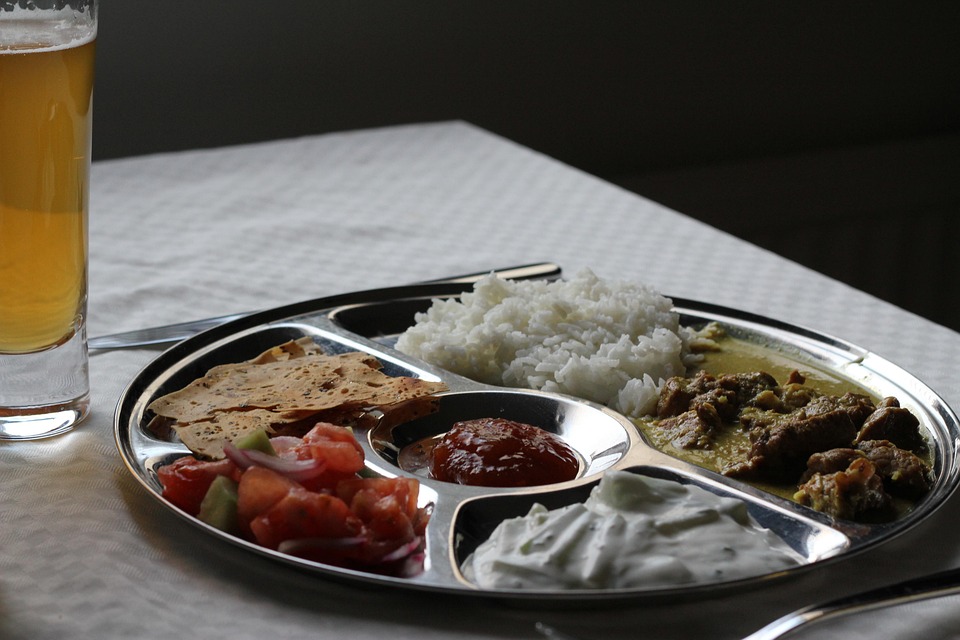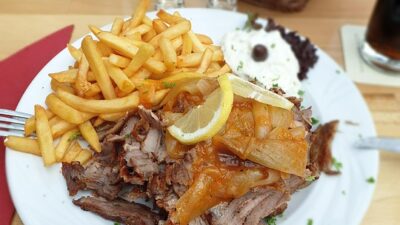India’s culinary landscape is as vast and varied as its geography, reflecting the country’s rich tapestry of history, culture, and tradition. One of the most compelling aspects of Indian cuisine is the diverse range of ingredients used. From the creamy delight of paneer to the fragrant allure of biryani, each ingredient carries its own story, flavor, and significance. This article embarks on a journey through some of India’s essential components, celebrating regional specialties and the artistry of Indian cooking.
1. Paneer: The Versatile Delight
Paneer, a fresh cheese made from curdled milk, is a staple in many Indian households, particularly in vegetarian dishes. Its mild flavor and ability to absorb spices make it incredibly versatile. Paneer can be grilled, cubed, or crumbled into various preparations, from the rich and creamy Paneer Butter Masala to the spicy and tangy Palak Paneer.
Regional Variations:
- North India: Frequently used in rich gravies and sautéed with spices.
- South India: Used in dishes like Paneer Tikka and often found in vegetarian biryanis.
2. Rice: The Foundation of Meals
Rice is the cornerstone of Indian cuisine, encompassing a myriad of varieties. Basmati rice, celebrated for its long grains and aromatic qualities, is often used in biryanis and pilafs. Conversely, short-grain varieties such as jasmine rice are popular in regions like Kerala.
The Biryani Connection:
Biryani, a beloved dish that showcases the beauty of rice, is steeped in history. This rice-based dish is layered with marinated meat or vegetables, herbs, and rich spices. Each region boasts its own unique style, from the Hyderabadi biryani with its fragrant saffron to the Kolkata biryani, which incorporates boiled potatoes.
3. Spices: The Soul of Indian Cooking
The vast array of spices found in Indian cuisine creates its hallmark flavors and aromas. From the fiery heat of chilies to the warm, earthy tones of cumin and coriander, spices are central to Indian culinary practices.
Essential Spices:
- Turmeric: Known for its vibrant color and health benefits, used in curries and rice preparations.
- Garam Masala: A blend of spices that varies by region, it enhances the overall flavor of dishes.
- Asafoetida (Hing): Often used in lentil dishes, its pungent aroma adds depth and flavor.
4. Legumes: The Plant-Based Protein Powerhouse
Pulses and legumes are a significant source of protein in Indian diets, especially among vegetarians. Lentils (dal) come in various forms, including yellow split peas and black urad.
Diverse Preparations:
- Dal Tadka: A popular dish made with yellow lentils tempered with spices.
- Chole: Chickpeas cooked with tomatoes, onions, and spices, reflecting North India’s rich culinary traditions.
5. Vegetables: A Colorful Palette
Vegetables play an integral role in Indian cuisine, with many dishes celebrating the region’s agricultural diversity. From the vibrant greens of spinach to the earthy tones of potatoes, Indian cooking highlights each vegetable’s unique taste and texture.
Regional Favorites:
- Aloo Gobi: A quintessential North Indian dish featuring potatoes and cauliflower.
- Sambar: A South Indian staple comprised of lentils and seasonal vegetables, flavored with tamarind.
6. Herbs: Freshness and Fragrance
Herbs such as cilantro, mint, and curry leaves bring a fresh note to many Indian dishes. They often serve as garnishes or integral components, enhancing flavor and presentation.
Usage:
- Cilantro: Commonly used to garnish curries and in chutneys, providing a burst of freshness.
- Curry Leaves: Essential in South Indian frying and tempering, imparting a unique aromatic quality.
Conclusion: A Culinary Mosaic
The ingredients that make up Indian cuisine reflect the country’s regional diversity and cultural richness. Whether it’s the soft texture of paneer, the fragrant layers of biryani, or the piquant spices that awaken the senses, each component tells a story woven through centuries of tradition and innovation. As we explore and appreciate the only culinary diversity India offers, we uncover not just flavors and recipes but also the heart and soul of a civilization that cherishes its culinary heritage.
In celebrating the abundance and variety of Indian ingredients, we gain a deeper understanding of the art of cooking, revealing how food transcends borders and cultures, connecting people through shared flavors and experiences.



